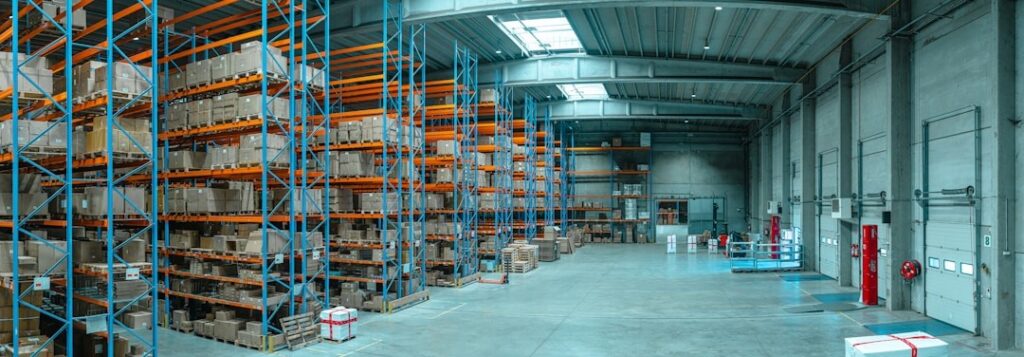Managing an e-commerce business that deals with cold and frozen goods is an intricate process that requires meticulous attention to detail and robust logistics. Retaining the quality of perishable products during storage and delivery is a top priority for such enterprises, as is ensuring customer satisfaction through timely and safe delivery. Streamlining operations in this niche sector involves overcoming various challenges unique to the temperature-controlled supply chain. Below, we will explore key strategies for optimizing cold and frozen e-commerce logistics, from inventory management to strategic partnerships, ensuring your business stays cool under pressure.
Optimizing Packaging and Shipping Practices in a Temperature-Controlled Supply Chain
Selecting the proper packaging is critical in maintaining the quality of cold and frozen goods during transit. Insulated packaging and the use of refrigerants like gel packs or dry ice can go a long way in preserving the desired temperature, though these solutions must be considered carefully to balance cost and effectiveness.
Shipping logistics for cold and frozen goods can be optimized through route planning and consolidating shipments to reduce time in transit and exposure to varying temperatures. Establishing clear shipping policies and guidelines will help maintain product integrity, as will choosing reliable carriers with experience in handling perishable goods.
Partnering with a competent logistics provider, such as ColdTrack packing services, can further streamline packaging and shipping operations. Their specialized expertise ensures that products are packaged correctly, handled carefully, and delivered promptly to meet customer expectations.
Implementing an Effective Inventory Management System for Perishable Goods

A robust inventory management system is vital for e-commerce businesses dealing in perishables. It ensures that products do not exceed their shelf life and waste is minimized. An inventory system should provide real-time tracking capabilities, enabling accurate forecasting and replenishment, and guaranteeing that stock levels are optimized.
Using a First-expire, First-out (FEFO) approach instead of the traditional First-In, First-Out (FIFO) can be instrumental in managing perishable inventory. This method ensures that items with the earliest expiration dates are sold or used first, thereby minimizing spoilage and loss.
Integrating inventory management with other systems, such as ordering and customer service platforms, creates a seamless flow of information across all sectors of the business. This integration enables better coordination and improves customer experience by ensuring that what is ordered is in stock and ready for dispatch.
Leveraging Technology for Efficient Cold Chain Tracking and Monitoring
Technology plays a pivotal role in modern cold chain logistics. Advanced tracking and monitoring solutions ensure that temperature-sensitive products are maintained at the correct temperature throughout the supply chain. GPS tracking, RFID tags, and IoT sensors can provide continuous, real-time data on the condition and location of products.
The advent of cloud-based platforms has made data more accessible and actionable. These platforms can collect vast amounts of data from sensors and tracking devices, which can be analyzed to make informed decisions on routing, scheduling, and inventory management.
With predictive analytics, businesses can anticipate and respond to potential disruptions in the supply chain. Machine learning algorithms can analyze historical data to identify patterns that may indicate future risks, allowing for proactive management and contingency planning.
Building Strategic Partnerships with Cold Storage and Logistics Providers
Effective cold and frozen e-commerce operations are not just about in-house capabilities but also about the strength of their partnerships. Building strategic relationships with cold storage facilities and logistics providers can offer flexibility and scalability, crucial for managing seasonal fluctuations and growth.
Strategic partners can bring expertise and technologies to the table that may be beyond the reach of individual e-commerce businesses. By outsourcing elements of the supply chain to these partners, businesses can concentrate on core activities such as product development, marketing, and customer service.
It is essential to choose partners who are committed to upholding the same standards of quality and safety as your business. Rigorous vetting and ongoing performance monitoring can help maintain a high level of service and ensure that partners consistently meet expectations.
Altogether, effectively streamlining operations in a cold and frozen e-commerce business is a multifaceted endeavor requiring technology, strategic partnerships, and best practices. By understanding unique challenges, leveraging the right tools, and working with specialized partners, businesses can maintain the quality and integrity of their products whilst delivering exemplary service to their customers.



